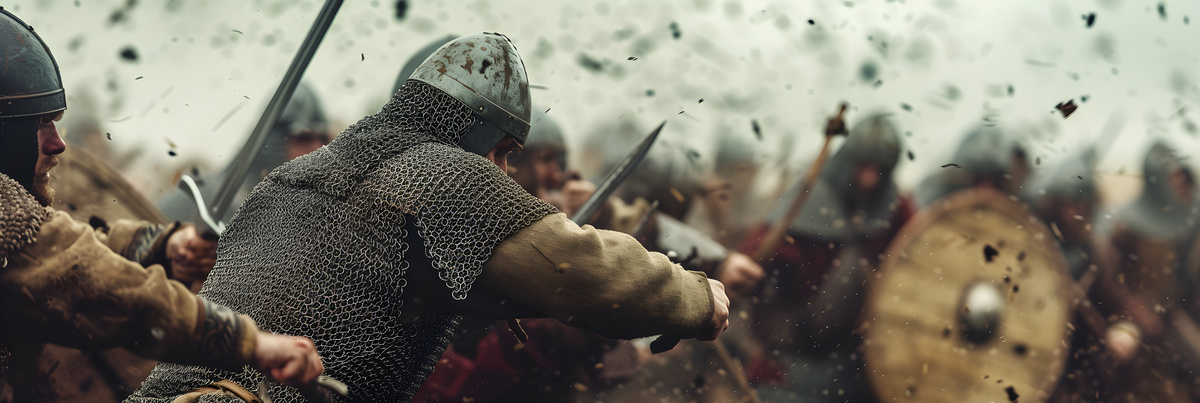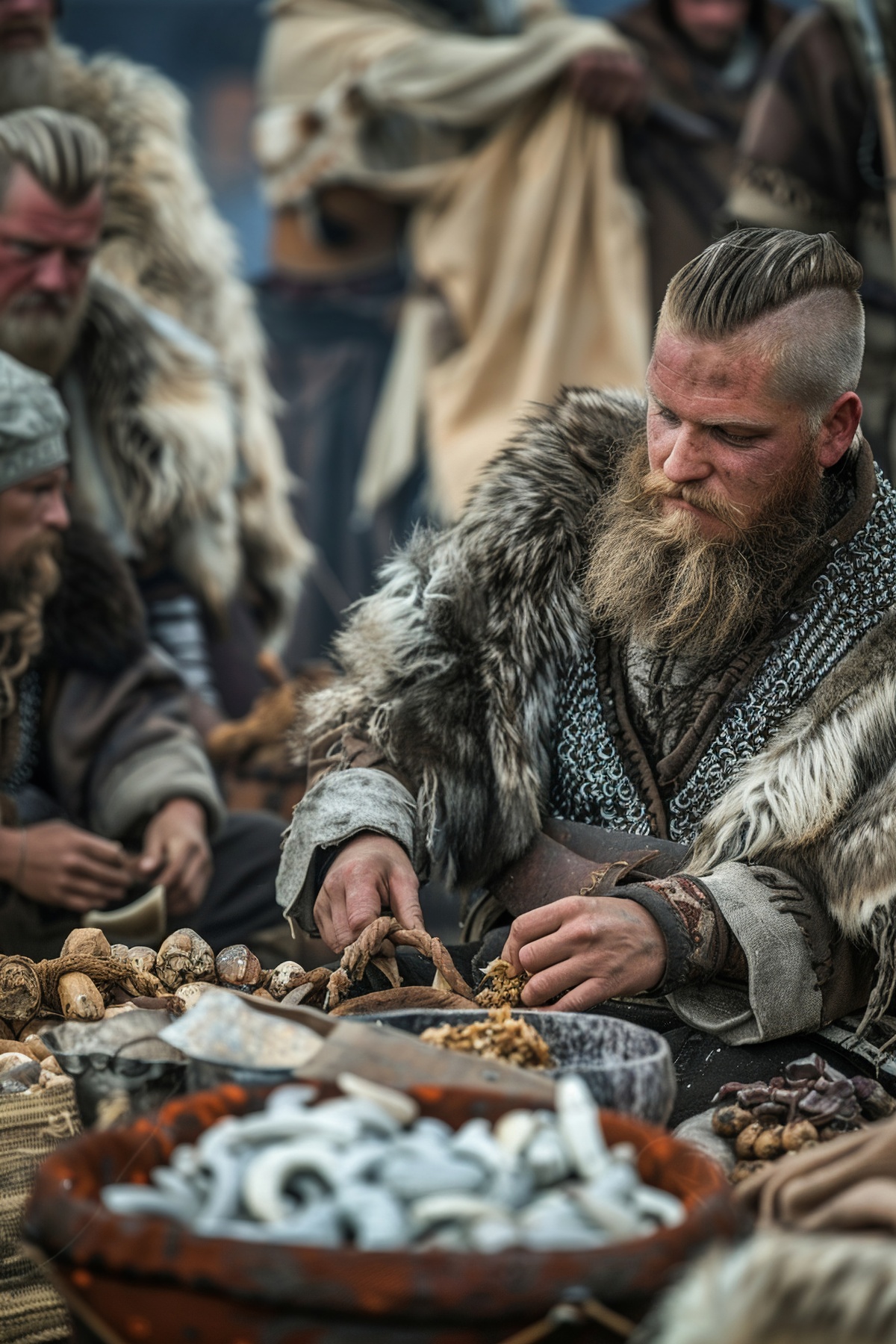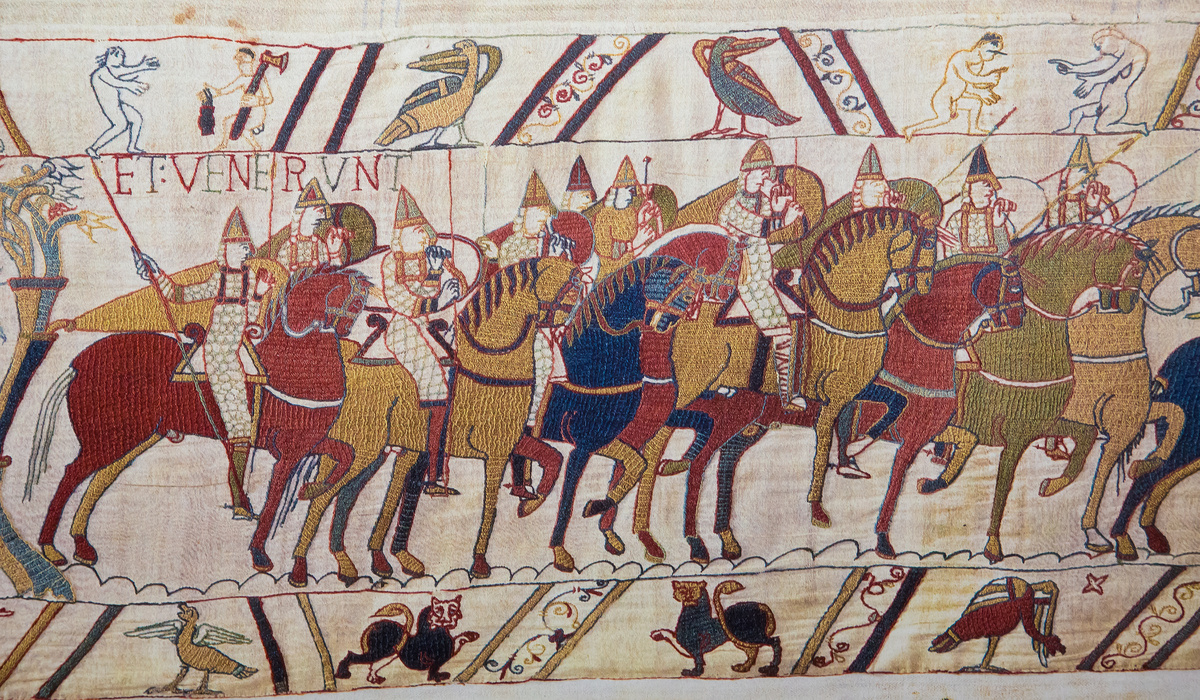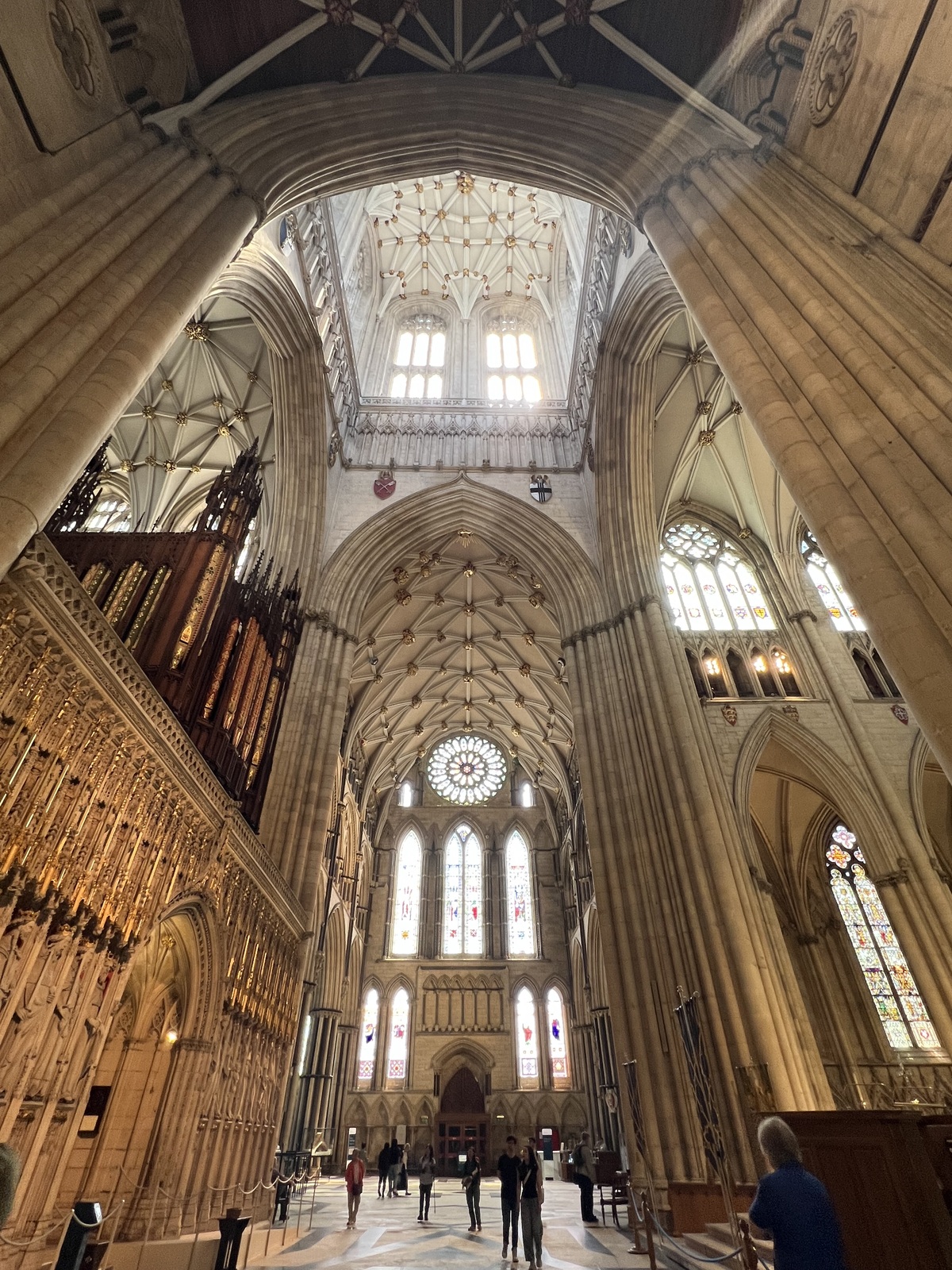York, England

York was founded by the Romans in 71 AD. They named the city Eboracum. Five thousand men of the Ninth Legion seized the town and set up a solid military fortress. The mission was to conquer a native tribe, the Brigantes, who occupied the region. Eboracum became the largest town and a provincial capital in northern Britannia. Emperor Hadrian visited Eboracum on his way north to plan his great defensive fortification, Hadrian's Wall. Hadrian sent in the Sixth Legion to replace the Ninth Legion. Emperor Septimius Severus rolled into town in 122 AD and made it his base. He was one of two Roman emperors who died in the city.
Constantine the Great became emperor of Eboracum in 306 AD, proclaimed by his army the Sixth Legion. He was the first Roman emperor to convert to Christianity and outlawed the persecution of Christians in 313 AD. With the collapse of the Roman Empire, the Romans abandoned the city around 410 AD. The Romans' legacy is extensive. They brought excellent engineering to the town with roads, sanitation through drainage, toilets, and access to clean water, and administrative planning for a significant-sized town layout, a solid fortress, and a walled city, just to name a few.

When the Roman legions abandoned Britain, the Anglo-Saxons took over. They named their new city Eoforwic. The Anglo-Saxon period lasted approximately from 410 to 1066 AD. Anglo-Saxons changed very little in the town. In fact, much of their outward history has vanished, although their legacy remained dominant even after the Norman conquest. The various Anglo-Saxon groups settled in different areas of the country and formed several kingdoms. Eorforwic belonged to the kingdom of Northumbria.
The Anglo-Saxons were a pagan culture. However, Christianity had already been introduced into Britain during the Roman occupation. Christianity spread into the Anglo-Saxon culture, with Anglo-Saxon kings converting to Christianity. This gave birth to the first York Minster. The Church and the Anglo-Saxon kings became mutually supportive. It was initially through a marriage between Edwin of Northumbria and the daughter of Æthelbert of Kent that Northumbria was converted to Christianity. The Church brought an order of leadership, developed an episcopal and monastic infrastructure, and international support. Christianity became a uniting force in Britain, and Eoforwic became a center of Ecclesiastical learning throughout the region.
The Anglo-Saxons also brought their language, Old English, which heavily influenced the development of the English language we use today.

The Viking invasion occurred around 866 AD. The Vikings named the city Jorvik. Although the Vikings had a history of raiding and pillaging, they were relatively peaceful in Jorvik. The Vikings transformed the city through trade, as evidenced by global trade routes stretching far to the Middle East. The Vikings were skilled traders and craftsmen who made solid tools and weapons. Jorvik was a thriving marketplace and a cosmopolitan city at the time to purchase a wide range of exotic goods arriving from all over the region and beyond. The Vikings were known as excellent fishermen and farmers and were self-sufficient. The pagan Vikings adapted peacefully alongside their Christian neighbors, eventually marrying natives of the region and converting to Christianity by the end of 1050. However, it still remained a Viking city culture with Viking traditions.

The Norman Conquest changed things dramatically. The Normans invaded around 1066 AD with the Norman Conquest led by William the Conqueror. The Norman Conquest was the 11th-century invasion and occupation of England by an army of thousands, who were Norman, French, Flemish, and Breton. They were led by William the Conqueror, the Duke of Normandy. William was born in Falaise, The Duchy of Normandy, now France. He became the first Norman King of England. The Bayeux Tapestry is a 230-foot-long and 20-inch-tall embroidered cloth depicting events leading up to the Norman Conquest of England. It is a masterpiece of art, incredibly preserved, and tells the story from the point of view of the Normans, making it an essential source for 11th-century history. It has maintained its rich color for centuries and can be seen at the Bayeux Museum in Normandy, France.
After capturing York, William built two castles in the city to maintain control over the region. York Castle in 1068 and Baile Hill in 1069. The Normans introduced a new form of military architecture, among the most important of which was the motte and bailey castle. This consisted of a motte, an artificial mound atop which a fortified tower was built, and a bailey, an enclosed area connected to the motte. York Castle served as the center of government for the north of England. What remains today is Clifford's Tower, the surviving section of York Castle.
Clifford's Tower has a grizzly past. One of the most horrific events, The Massacre at Clifford's Tower, was an anti-Semitic massacre that took place in York in 1190. The city's Jewish community was trapped inside the Tower of York Castle by an angry mob on the outside, ready to take their lives. A mass suicide was decided rather than being murdered by the attackers. Jews revived their population in York within several years of the massacre. However, in 1290, Edward I expelled all Jews from England. Their exile lasted until the 17th century.
Clifford's Tower was also used as a prison and a treasury. Today, Clifford's Tower is a prominent landmark offering stunning panoramic city views.
St. Mary's Abbey, built in 1088 under Norman rule, is now in ruins due to Henry VIII's suppression of monasteries. It was the largest and richest Benedictine monastery in the north of England. Benedictines chose to establish themselves close to the seat of power in York versus other monasteries who decided to be in more remote locations. The abbey was composed of monks and students at its minster school. The monks provided charity to the people of York. The abbey ruins are now part of the York Museum gardens.

York Minster is northern Europe's largest medieval Gothic Cathedral. "Minster" is an Anglo-Saxon word for a missionary church. Its foundations began as a Roman fortress. In 627, a small wooden Church was built on this site, where King Edwin, the first Anglo-Saxon King of Northumbria to become a Christian, was baptized.
The majority of the building was constructed between 1220 and 1472. York Minster is a master of architecture and has the largest collection of medieval stained glass in the United Kingdom. The Minster is the seat of the Archbishop of York, the second-highest office of the Church of England. Underneath the York Minster are the Crypt and Undercroft. This is the oldest part of the Minster. Visitors can see the early Roman foundation, reconstructed Roman mosaics, and Anglo-Saxon and Norman structures. St. William, York's patron saint, rests in peace in his tomb located in the crypt. He became Archbishop of York in the 12th century.
York Minster survived much trauma; Henry VIII spared destroying the Minster, considering he nearly destroyed anything Catholic. However, Henry needed a northern capital for his Anglican Church, and the York Minster was perfect. York Minster survived five fires throughout the decades. In 1916, during a German Zeppelin raid, a bomb fell close to the Minster. No damage was caused; however, as a precaution, it prompted the temporary removal of the stained glass. In WW2, York Minster survived an air raid in the Baedeker Blitz.
York Minster's Five Sisters window is the world's largest 13th-century grisaille glass. The window was restored in the early 1920s and rededicated to all the British women who were killed in the line of duty during WW1. It is the only memorial in the UK dedicated to these women. York Minster stands as a testament to the many facets of time; times of mourning from death and war, celebrations in marriages and baptisms, and a place to find peace for worship.
Its breathtaking beauty and legacy are the heartbeat of York.

